Chronic lifestyle-related diseases account for most deaths today, with cardiovascular disease the leading cause of all deaths. As you know, a sedentary lifestyle contributes to development of cardiovascular disease. More than a decade ago, experts concluded that medical science has done all it can for people with chronic lifestyle-related diseases and that additional healthcare expenditures wouldn’t bring the financial benefits that would accrue if Americans improved their health simply by being more physically active.
In a literature review we conducted, we found no recent studies on the fitness status of nurses. Currently, we’re performing fitness assessments on future and current registered nurses (RNs) to establish nurse-specific baseline health and fitness information. Preliminary results for nursing students are dismal: To date, 25 nursing students have participated in fitness assessments, including a 1.5 mile walk-jog-run used to predict maximal oxygen consumption (VO2 max). The rate at which the body can use oxygen, VO2 max is a powerful indicator of overall cardiorespiratory function. The average time the students took for the 1.5-mile run was just over 18½ minutes, which corresponds to a VO2 max of 29.2 mL/kg/minute. Based on norms published by the American College of Sports Medicine (ACSM), this average VO2 max ranks poorly—between the 10th and 20th percentiles.
Why should nurses improve their fitness?
Because you encounter many patients with lifestyle-related disorders, you need to have a basic understanding of the role physical fitness plays in prevention and rehabilitation. What’s more, as a nurse you must provide an established standard of care, and sometimes this means you need to have at least a minimum level of physical fitness. Better overall fitness will improve your ability to effectively perform the physical tasks you do every day, such as assisting and transferring patients, transporting equipment, or simply walking to your assigned patients throughout a shift. One study of 146 RNs over a 12-hour shift found they covered an average of 4 to 5 miles per shift.
Being a good role model is another reason to improve your fitness. You can be a more positive influence on patients if you’re making the lifestyle choices you’re recommending to them.
Important note: Men older than age 45 and women older than age 55 should get their physician’s approval before beginning a new exercise program. Younger people should complete the Physical Activity Readiness Questionnaire (http://uwfitness.uwaterloo.ca/PDF/par-q.pdf) to determine if they need a physician’s approval.
Training guidelines
The ACSM has established guidelines for promoting health through physical activity for cardiorespiratory and musculoskeletal components of fitness. For cardiorespiratory fitness, the organization recommends doing activities you can sustain for a prolonged period, such as walking, jogging, stationary cycling, rope jumping, and rowing. Try to engage in these activities 3 to 5 days weekly for 20 to 60 minutes per session, monitoring your exercise intensity through heart rate.
Heart rate reserve (HRR) is the difference between the maximum heart rate (HRmax) and resting heart rate (RHR). According to ACSM, an exercise intensity ranging from 40% to 85% of HRR is necessary to cardiorespiratory fitness, depending on fitness levels. If you haven’t exercised regularly in more than 6 months, start at the lower end of the range (40% to 60%). If you have been exercising regularly, you can more comfortably exercise at the higher end (60% to 85%).
A simple way to estimate HRmax is to use this formula: 208 – (0.7 × your age). Subtract RHR from the estimated HRmax; the result is HRR. To determine your target heart rate range, calculate an appropriate percentage range of your HRR and add it to your RHR.
Predicted HRmax = 208 – (0.7 × age)
HRR = HRmax – RHR
HRR intensity = HRR × 40% to 85%
Target heart rate range = HRR intensity + RHR
For an example of this calculation, see Calculating target heart rate range by clicking on the PDF icon above.
If you’re deconditioned or in poor physical condition, start at a lower exercise intensity. For many nurses who haven’t exercised on a regular basis for a few months or longer, 40% to 60% of HRR may be a realistic starting intensity.
If you find it difficult to monitor your heart rate during exercise, you can use the rate of perceived exertion (RPE) scale as an adjunct to monitor exercise intensity. The Centers for Disease Control and Prevention has an article that explains how to use the RPE. Visit www.cdc.gov/nccdphp/dnpa/physical/measuring/perceived_exertion.htm.
The goal of exercise is to expose the body to an overload stimulus in a safe manner. With appropriate rest and recovery, the body will improve in strength, endurance, or efficiency in the activity that caused the stimulus. As your fitness improves, you can increase your exercise intensity to improve your cardiorespiratory function even further. For a 50-year-old nurse, increasing the intensity to 60% to 70% of HRR would change the target heart rate range to 131 to 141 beats/minute, assuming RHR remained unchanged.
Get into it gradually
Your exercise should progress at a gradual pace. As your fitness improves, the same level of exercise intensity may no longer be adequate to increase your heart rate to within the target range. This means your body is adapting to exercise training through improved cardiorespiratory fitness—and that’s the goal. The improvement will be more pronounced in individuals who start at lower fitness levels.
To allow for continued improvements, update your exercise program by gently increasing your exercise intensity, duration, or both. When you’ve achieved your optimal fitness level, switch to a maintenance program.
To keep your exercise program fresh and enjoyable, add variety. In addition, try to include weight training at least 2 days per week. Weight training helps maintain lean body mass and resting metabolic rate; it also promotes bone mineral density, which is essential to overall health.
Interval training
If you have been exercising regularly for at least 4 months and would like to increase the intensity of aerobic training, you might benefit from interval training. Interval training combines higher-intensity work segments with lower-intensity active recovery/rest segments. For example, interval training with a 2:1 ratio may involve 1 minute of more intense exercise followed by 30 seconds at a slower pace.
Developing an interval training program to suit your needs allows you to be creative with the program. The higher-intensity segment increases metabolic demands, which means you’re expending more energy (kilocalories) during and after the training session. (See Warming up and cooling down by clicking on the PDF icon above.)
While it’s crucial not to perform too much activity too soon, it’s good to gradually increase your exercise intensity, duration, or both to improve physical fitness. You can implement interval training by using an aerobic activity, such as cycling, stair stepping, swimming, or rope jumping.
Aim for overload, not reversibility
According to the principle of overload, when demands are made on body systems that these systems aren’t used to, instead of becoming weaker, the systems get stronger—given appropriate nutrition and recovery time. That’s the objective of cardiorespiratory training.
Conversely, the principle of reversibility states that physiologic gains are lost when the load against which a system works is reduced. This is better known as “Use it or lose it.”
Best of luck in your pursuit of cardiorespiratory fitness. If you have questions or comments on this article, contact author Kelly Amtmann
at kamtmann@mtech.edu or author John Amtmann at jamtmann@mtech.edu.
Selected references
American College of Sports Medicine. ACSM’s Guidelines for Exercise Testing and Prescription. 7th ed. Philadelphia, PA: Lippincott Williams & Wilkins; 2006.
Gibbons L, Stoedefalke K. Exercise is medicine. In Blake B. The Fitness Handbook. Urbana, IL: Sagamore Publishing; 1995.
Tanaka H, Monahan K, Seals D. Age-predicted maximal heart rate revisited. J Am Coll Cardiol. 2001;37:153-156.
Welton J, Decker M, Adam J, Zone-Smith L. How far do nurses walk? MedSurg Nurs. 2006;15(4):213-216.
John Amtmann is a professor of Applied Health Science at Montana Tech of The University of Montana. Kelly Amtmann is an assistant professor of nursing at Montana Tech of The University of Montana.

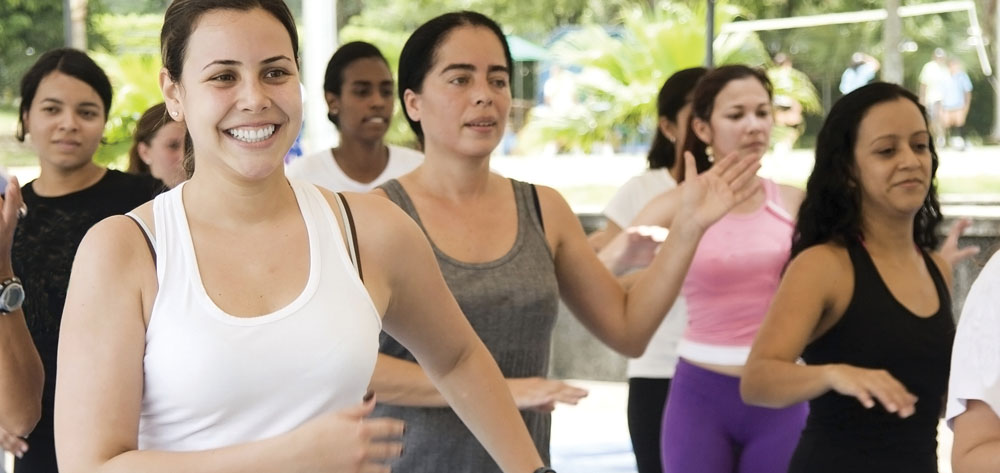


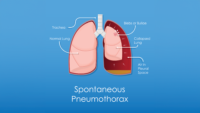




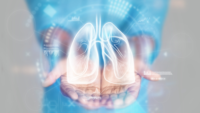

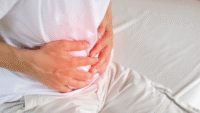





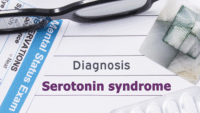

2 Comments.
Physical education in schools is a science and a good luck to you
I totally agree with all the tips in this article. As healthy living is not just doing exercises and avoiding bad habits as smoking, but also I think one of the most important elements is nutrition, especially in the morning.